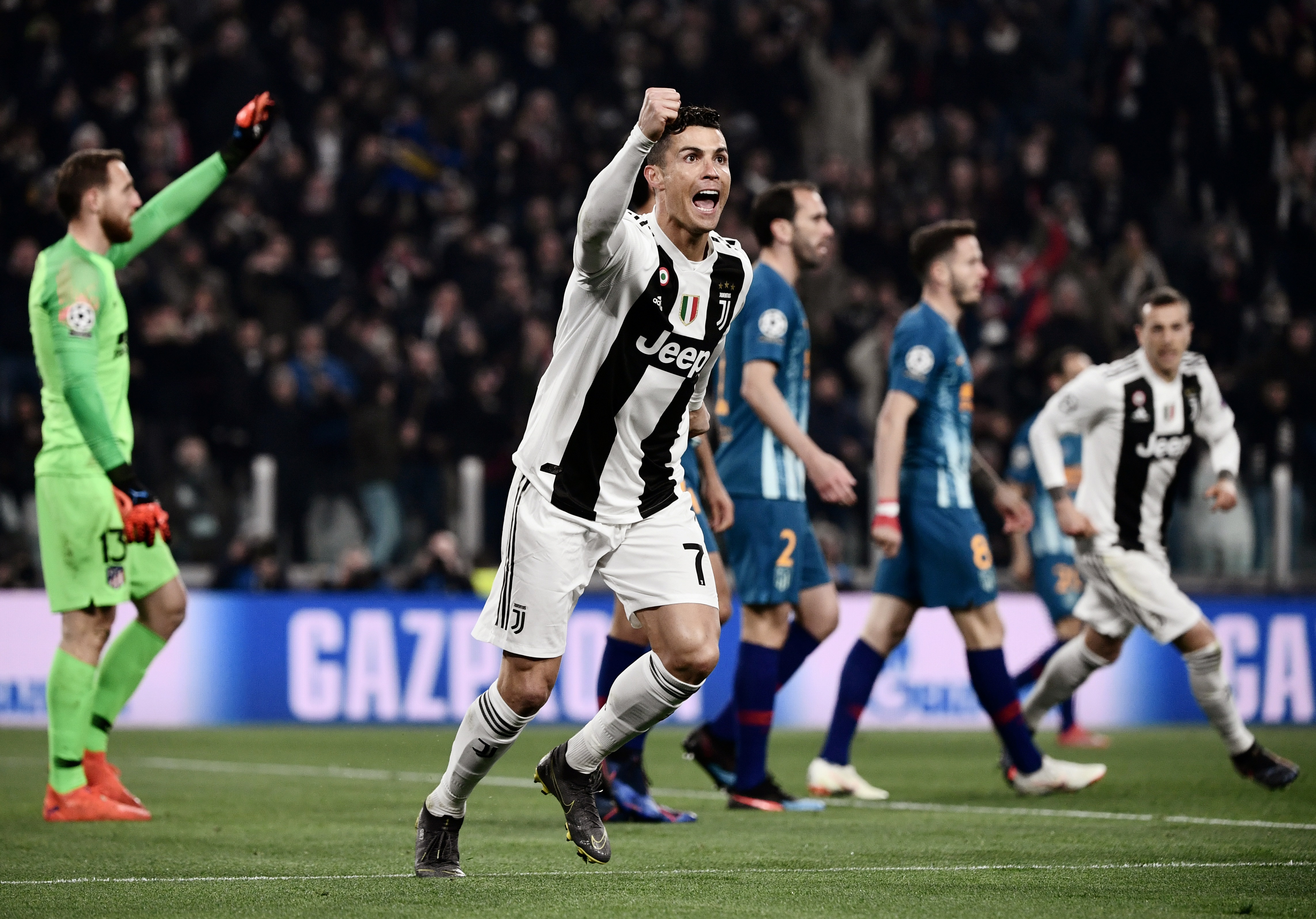Is there a future for Cardiff's lop-sided 4-3-3 formation?
Huw Davies analyses Malky Mackay's early-season tactics at Cardiff
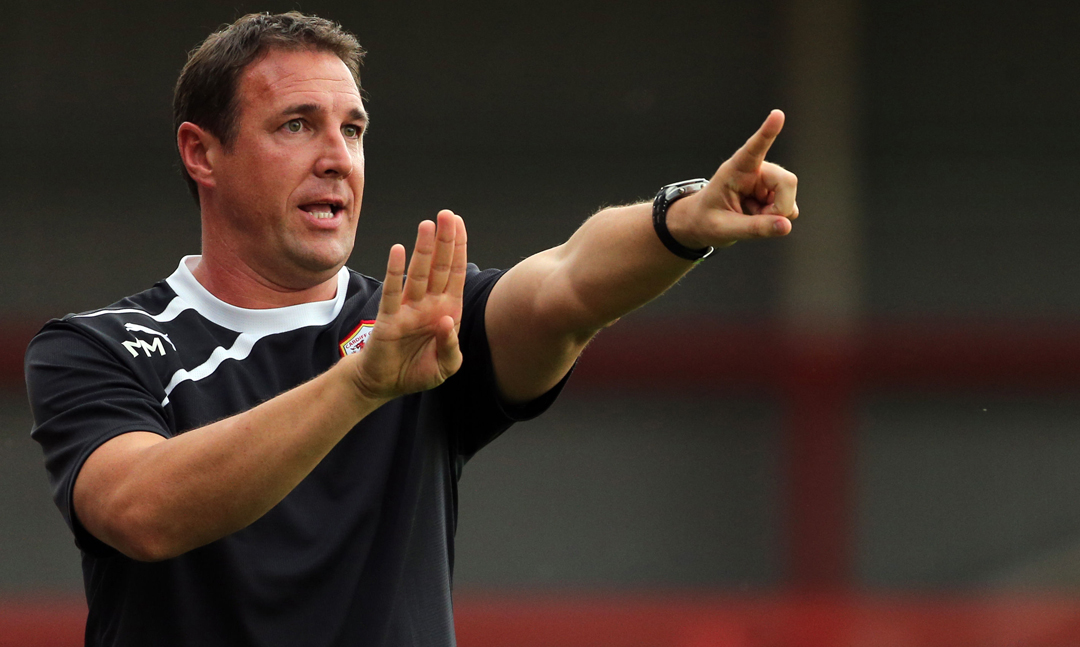
It's been an odd start to Premier League life for Cardiff City. A terrible performance in their opening-day defeat to West Ham was followed by an unforgettable win over Manchester City, then an uninspiring goalless draw at home to Everton.
Four points on the board from those fixtures is a decent foundation – although Cardiff's strength at home and weakness on the road means they'll need to dominate far more than they did against Roberto Martinez's side – but the most intriguing thing about their opening three games is that Malky Mackay appears to have invented a new formation. Presenting: the one-winger 4-3-3.
In the recent draw with Everton at the Cardiff City Stadium, there was such a huge leaning towards Cardiff's right side - the visitors' left - that it looked at one stage like the pitch might even tip over.
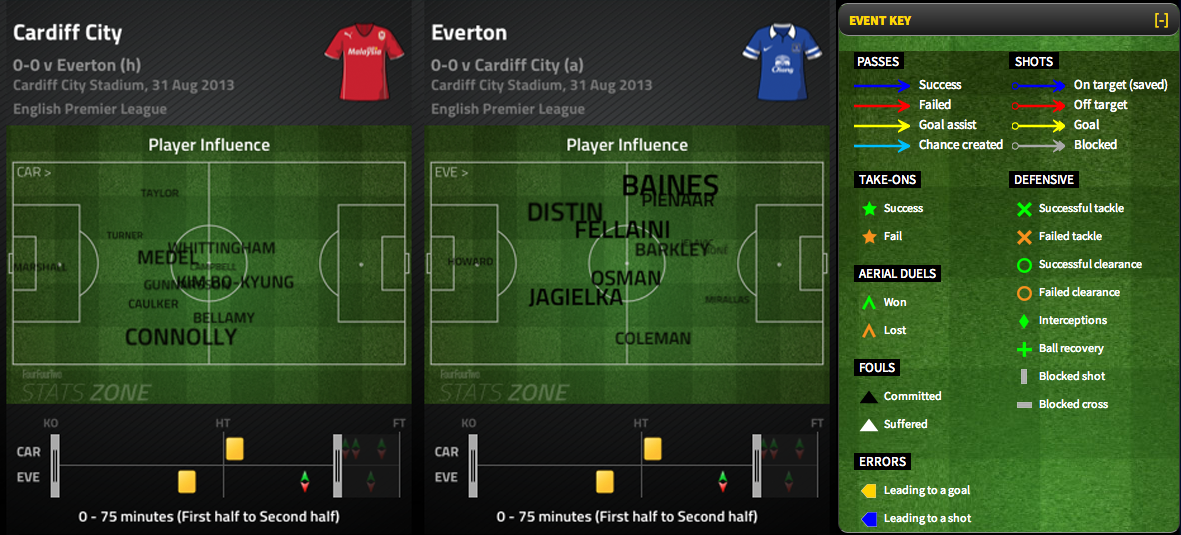
This XI saw a flat back four, three central midfielders (Gary Medel, Aron Gunnarsson and Peter Whittingham), an advanced central playmaker and a striker (Kim Bo-Kyung behind Fraizer Campbell) plus a right winger in Craig Bellamy – but no left winger.
You might reasonably suspect that Mackay was trying to protect against Everton's greatest asset, the combination of Leighton Baines and Steven Pienaar down the left, by prioritising that flank, asking Craig Bellamy to help out Matthew Connolly at right-back and leaving the other wing relatively unattended. But in fact, Cardiff did the same thing against Manchester City, a team boasting a rather handy right winger in Jesus Navas.

Mackay has apparently entrusted that left-hand side to Andrew Taylor alone, while giving Connolly – naturally a centre-back – extra protection.
The result is an imbalance, yet a seemingly deliberate one. If Whittingham took up the wide berth he left several years ago you could call this formation a 4-4-1-1, but he has remained central. In fact, Cardiff's midfield three – a deep-lying playmaker in Whittingham, a combative ball-winner in Medel and a box-to-box runner in Gunnarsson – is not unlike Tottenham's triumvirate of Mousa Dembele, Etienne Capoue and Paulinho (in that order). The difference is that Spurs field two wingers in their front three, while Cardiff play Kim in his best position behind the striker, with Bellamy on the right and Campbell as a drifting No.9. Won't somebody think of the symmetry?!
Get FourFourTwo Newsletter
The best features, fun and footballing quizzes, straight to your inbox every week.
Surprisingly effective
Defending, this odd tactic has been relatively effective. Opposition teams haven't targeted the unprotected Taylor – at least, not with much success. Jesus Navas was withdrawn after 55 minutes and Kevin Mirallas completed zero out of six crosses, spending most of his time in the middle.
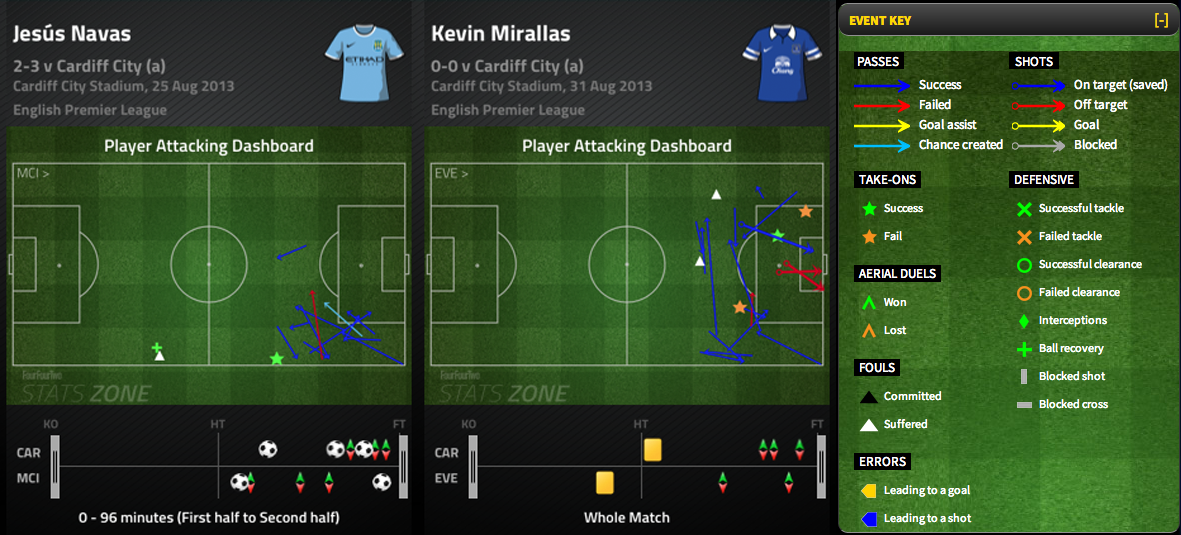
In attack, however, this unusual 4-3-3 of sorts (we're thinking of christening it the 4-3-huh?) means that Cardiff can be less threatening. Although he isn't a naturally attacking full-back in the mould of, say, Baines – or even City's 18-year-old converted winger Declan John, who made many an attacking run from left-back against West Ham – Taylor is capable of going forward, registering five assists in the Championship last term.
However, he can't operate as a true wing-back in this system simply because he doesn't have the cover. This may explain his performance against Everton, a home match in which you would expect him to attack: Taylor made three interceptions, three clearances and two blocks, but attempted zero crosses or take-ons and completed only three passes in the final third, all over a matter of yards.
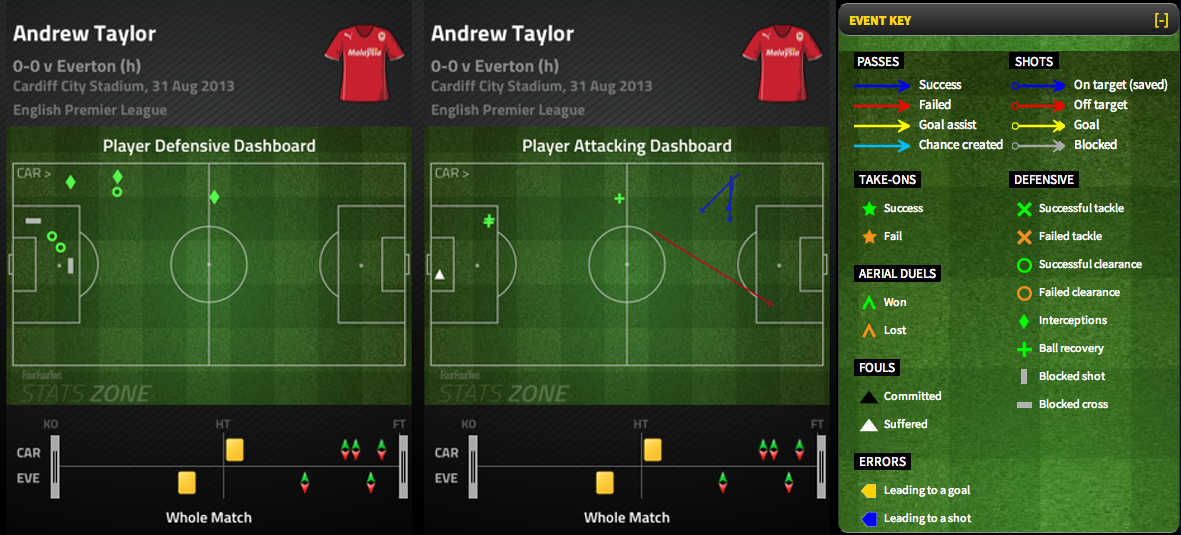
Further forward, the midfield trio offer admirable solidity and have been hard to break down. The downside is the leaning towards defence: against West Ham the gap between Cardiff's midfield and attack was enormous, and against Everton the home side had only four shots, one on target, all from outside the box. The humbling of Manchester City was magnificent, memorable, but we should remember that both of Fraizer Campbell's goals came from corners (Gunnarsson's from a slinking run by Kim).
Two questions, then. First: does Malky Mackay really need to change this system? It has yielded mostly positive results so far and helps to disguise Cardiff's comparative weakness on the left. For example, with the addition of Kévin Théophile-Catherine, they have four first-team right-backs (Connolly included) but only one left-back, with Declan John losing his back-up place to the versatile Frenchman. And to swap one of the four central midfielders for a left-sided midfielder would necessitate some sort of sacrifice.
Raised expectations
However, the dearth of chances being created should be considered a concern. It will be interesting to see how Cardiff fare against Hull this weekend: the first team this season they should expect to beat, but away from home, where Mackay has generally prioritised defence over attack. If they struggle to dictate play against weaker teams, a change may be required. Furthermore, you would expect opposition teams to work out that Taylor can be double-teamed to potentially lucrative effect.
And the second question: where does new signing Peter Odemwingie fit into all this? The obvious solution would be to play him as a wide forward, where he was so often productive for West Bromwich Albion, offering a goal threat as well as creating chances.
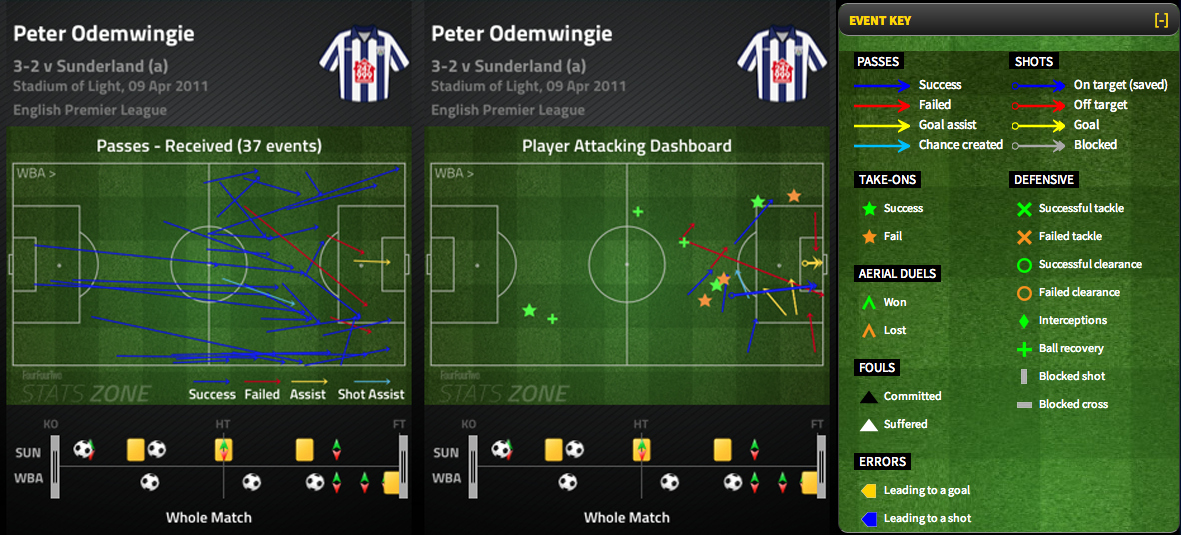
Cardiff need Odemwingie, not least for his Premier League experience, but also to contribute a double-figure tally of goals, so he should be expected to start. But who falls through the trapdoor? Losing Kim would mean for a more natural 4-3-3 with genuine width, but the Korean is probably the team's most potent creator. Bellamy could go and Odemwingie play upfront alongside Campbell in a 4-3-1-2 formation, which would require a more attacking right-back in place of Connolly – either Théophile-Catherine or John Brayford, signed from Derby in the summer – but that would hardly solve the width problem.
So what we may see, if Mackay is feeling brave, is a return to the 4-2-3-1 set-up he used for much of last season, with Odemwingie, Bellamy and Kim behind the striker. Why brave? Because unless the Scot can slyly distract the officials and field 12 players, that'll require one of the deeper central midfielders to make way.
Losing Medel simply isn't an option. The Chilean is exactly what Cardiff have needed for a few years now and has already made an impact: his numerous tackles and interceptions frustrated Manchester City in the Welsh side's 3-2 win.
Decision time
Aron Gunnarsson would be the obvious candidate for withdrawal, but his goal in that match summed up exactly what he offers that his team-mates don't: defensive efficiency, sure (three tackles, two interceptions, two clearances), but also the energy and presence of mind to get into the box and follow up a rebound after contributing to the move earlier on.
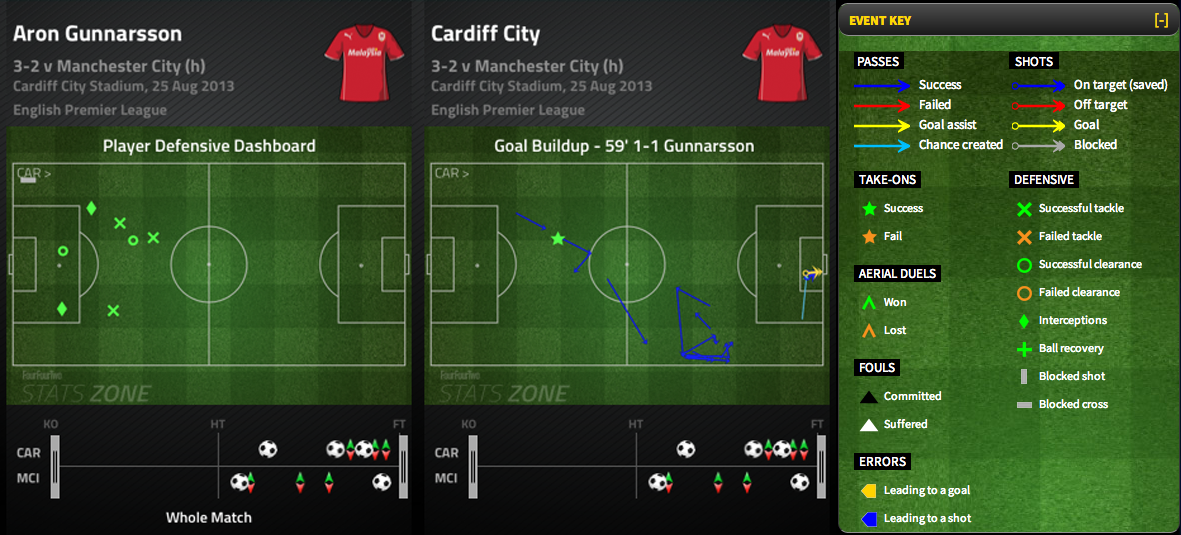
It could be, then, that the unthinkable happens: metronome, playmaker and undroppable talisman Peter Whittingham being sidelined for the overall benefit of the team. Whittingham was regularly Cardiff's best player in the Championship, at least before last season, but that extra half-second you don't get on the ball in the Premier League may render him less effective. That said, he created chances against West Ham when Cardiff spent most of the game looking rudderless, and his excellent set-piece delivery gave his team the lead against Manchester City.
It's a pickle for Mackay, but not one he'll be in a hurry to solve. Until then, Cardiff will continue with their unique formation that involves four central midfielders, one wing-back, one full-back and one winger. We're going for a lie-down...
Huw was on the FourFourTwo staff from 2009 to 2015, ultimately as the magazine's Managing Editor, before becoming a freelancer and moving to Wales. As a writer, editor and tragic statto, he still contributes regularly to FFT in print and online, though as a match-going #WalesAway fan, he left a small chunk of his brain on one of many bus journeys across France in 2016.
